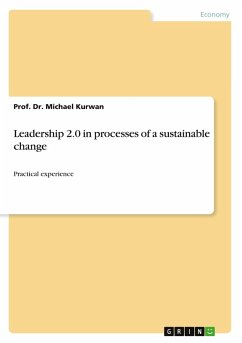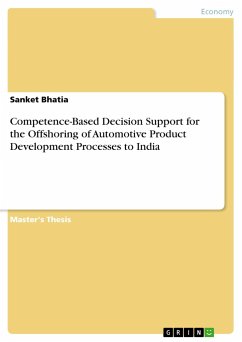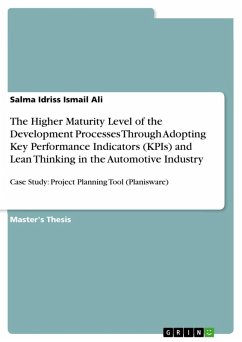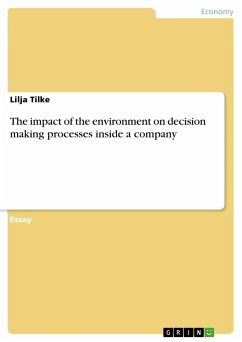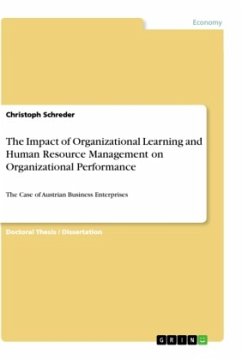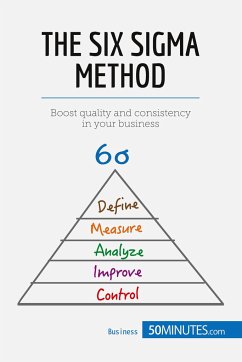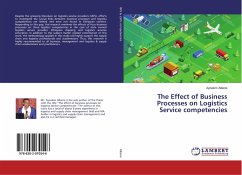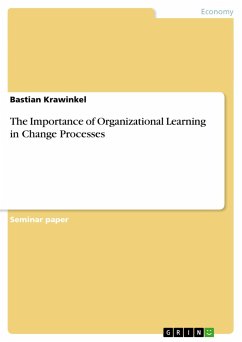
The Importance of Organizational Learning in Change Processes

PAYBACK Punkte
0 °P sammeln!
Seminar paper from the year 2008 in the subject Leadership and Human Resource Management - Miscellaneous, grade: 1.1, European Business School - International University Schloß Reichartshausen Oestrich-Winkel, language: English, abstract: During the last decades, the marketplace for organizations developed gradually from a push market into a pull market. In contrast to the environment years before, where demand was high and supply scarce, today's situation is characterized by an overflow of products whose amount is more than huge enough to satisfy the demand. The resulting customer expectatio...
Seminar paper from the year 2008 in the subject Leadership and Human Resource Management - Miscellaneous, grade: 1.1, European Business School - International University Schloß Reichartshausen Oestrich-Winkel, language: English, abstract: During the last decades, the marketplace for organizations developed gradually from a push market into a pull market. In contrast to the environment years before, where demand was high and supply scarce, today's situation is characterized by an overflow of products whose amount is more than huge enough to satisfy the demand. The resulting customer expectations, as well as the intense international competition, depict an immense challenge for the flexibil-ity of an organization which is operating in this environment. As a consequence of the evolved threats, organizations are forced to adjust quickly and appropriately to new circum-stances in order to remain competitive (Alas, 2007; Appelbaum, St.Pierre, & Glavas, 1998, p. 43). Recently the perception of the term organization changed towards the definition given by the new system theory which was mainly proposed by Luhmann (2000). While previous defini-tions focused on an organization as being the sum of its single parts, the new system theory perceives it as the manifestation of the communication between its members. In this context, Simon (2007) points out that, as any other system, an organization primarily aims at securing its survival. As an organization is constituted by the communication between its members it has to remain competitive in order to keep the ability to pay its employees without whom communication would not take place. Only if this fundamental need is secured, the focus can shift to concerns going beyond the prior goal of staying alive (pp. 32-33). Thus, as already mentioned earlier, it is crucial for an organization to adapt appropriately to changing circum-stances. When doing so newly retrieved information has to be evaluated among the members and subsequently transformed into action. This processing of information can as well be referred to as organizational learning.In the following this term paper aims at investigating the main elements of the process of organizational learning and identifies characteristics of diverging outcomes of the processing of information. Furthermore, it is analyzed what fundamental circumstances have to be fulfilled for the procedure of organizational learning to result in sustainable organizational change.




